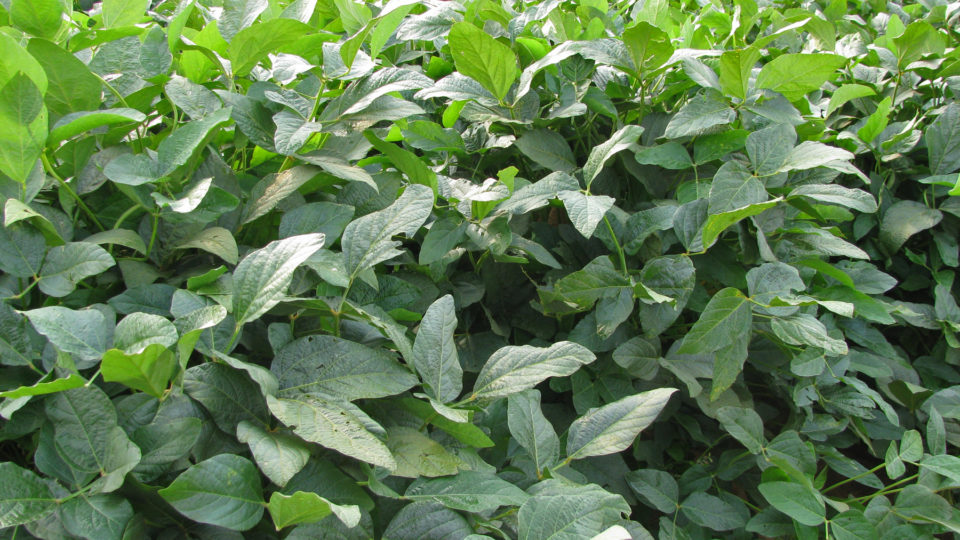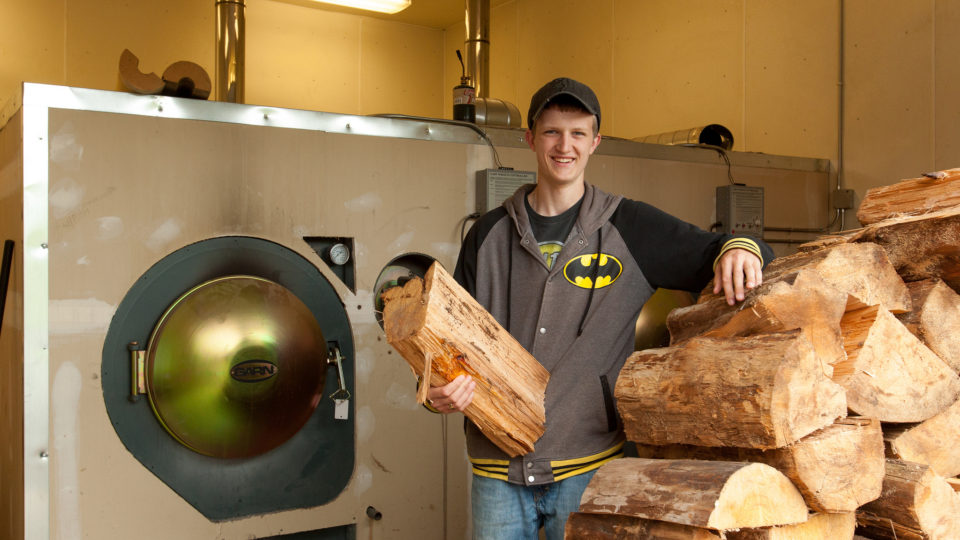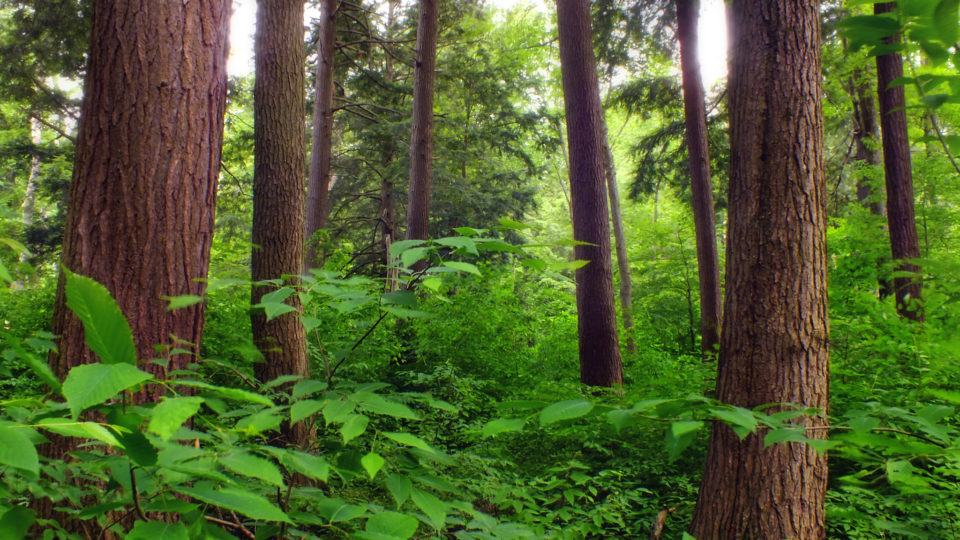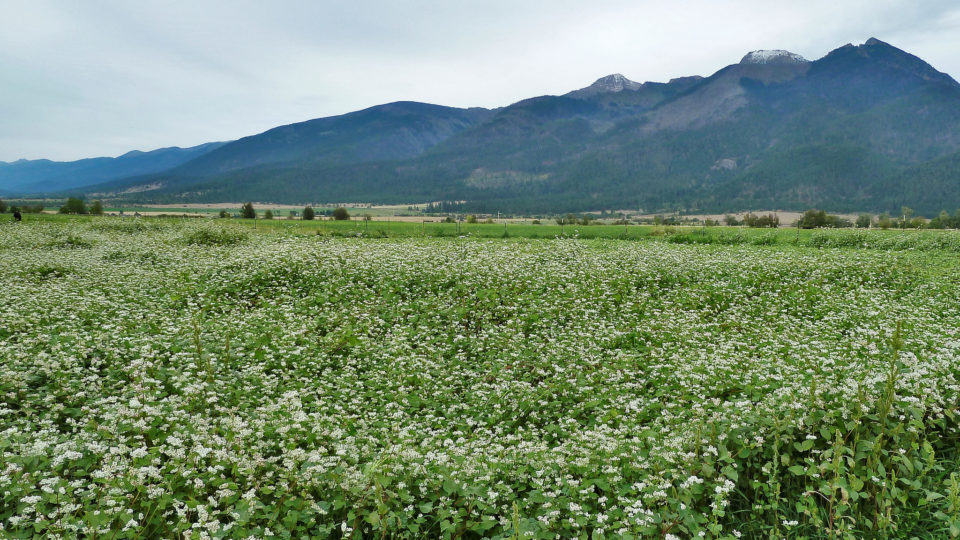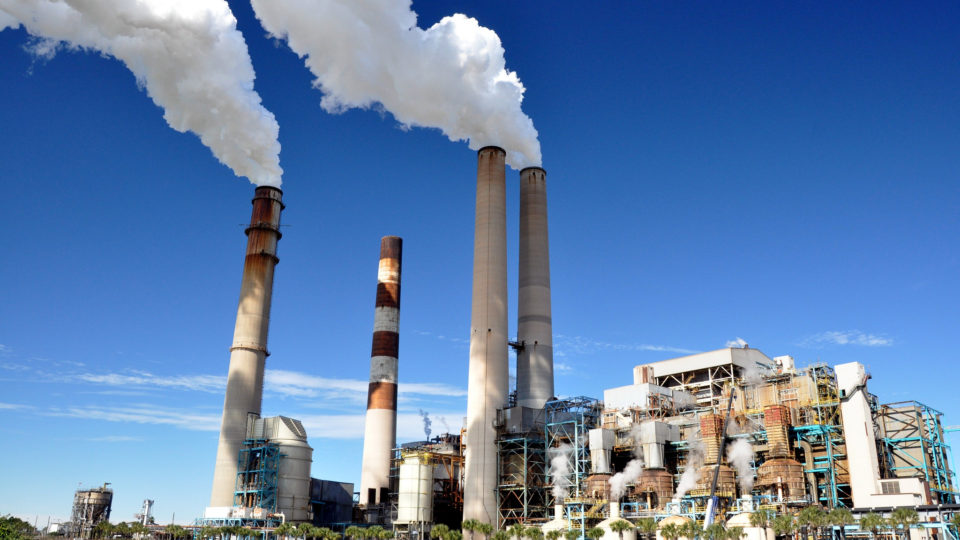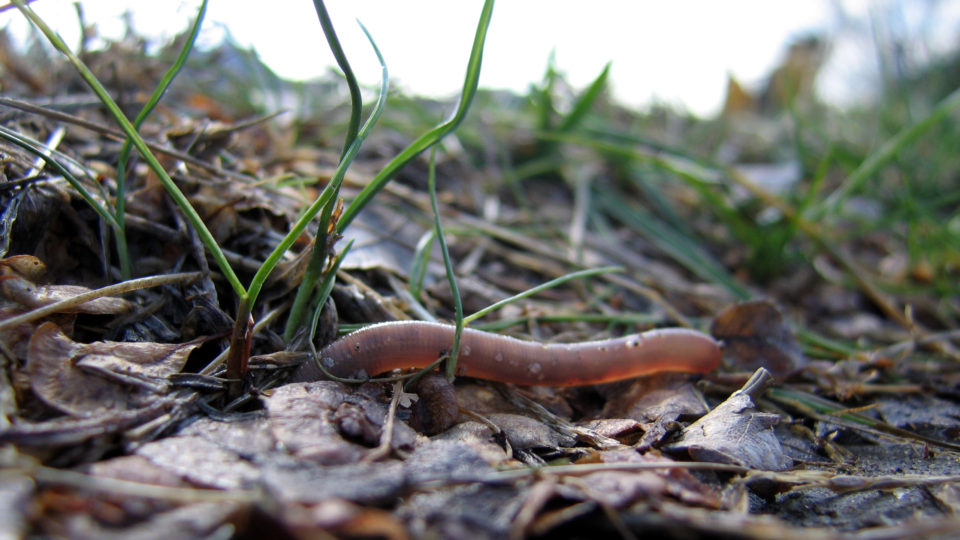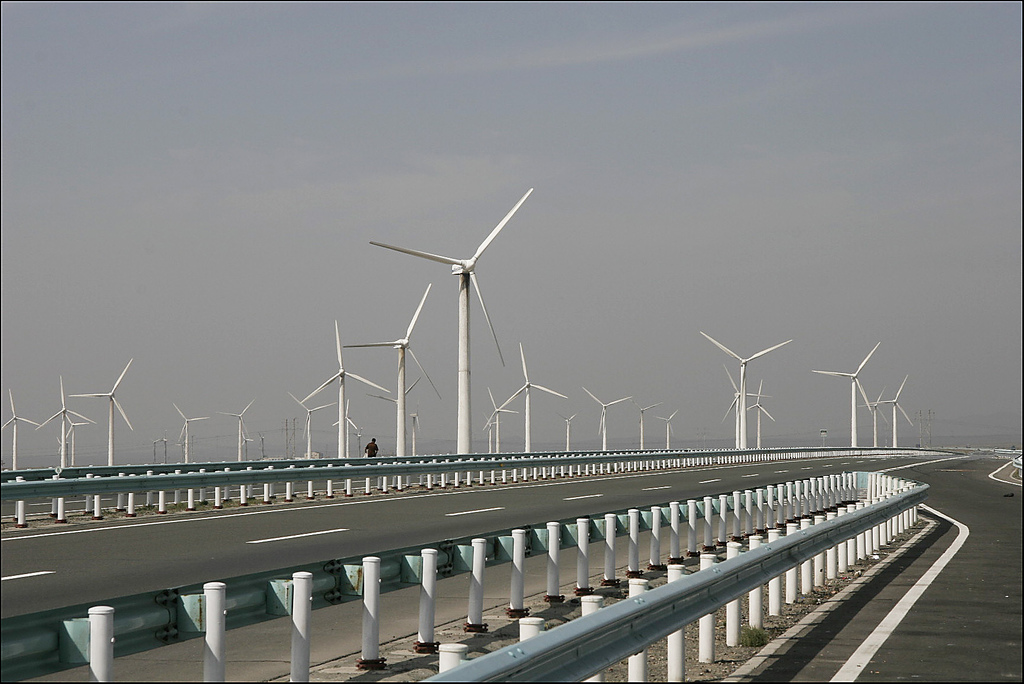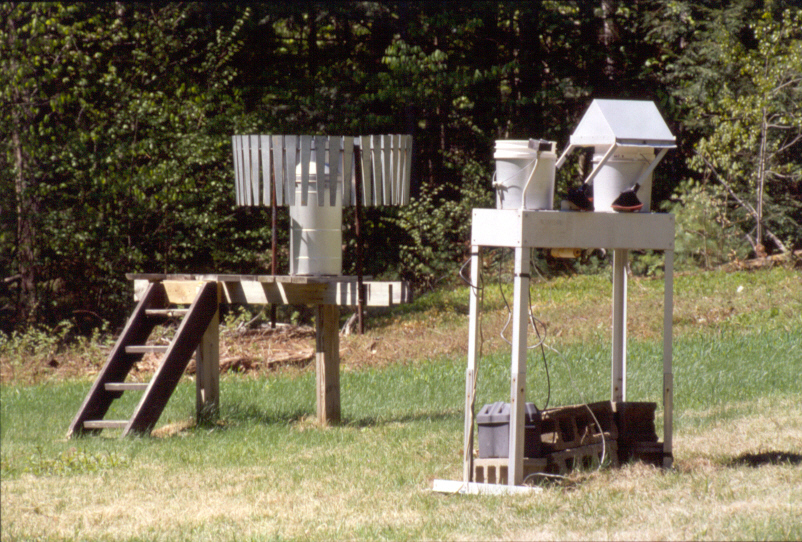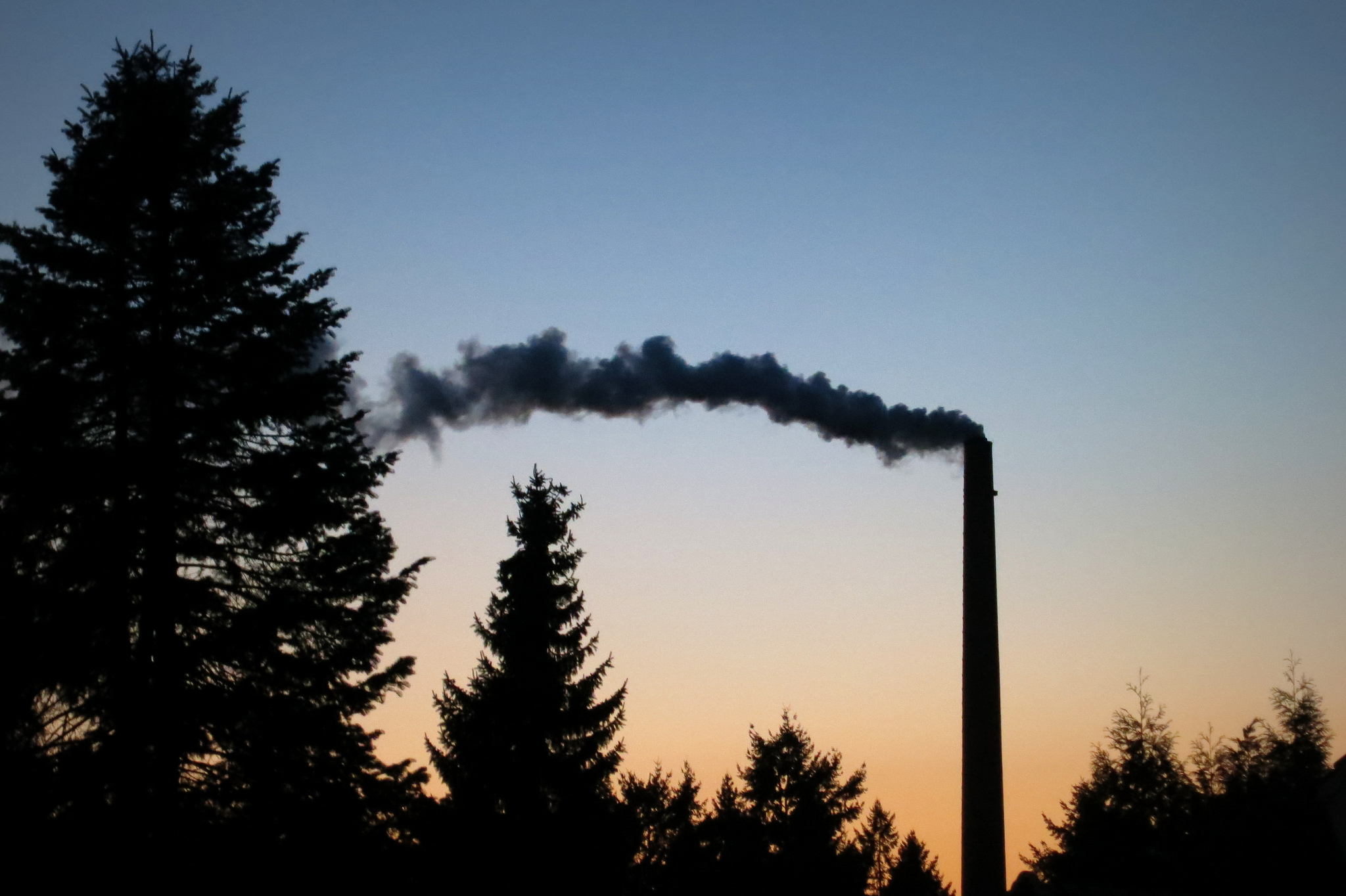soil
Cooling Cities With White Roofs
The phenomenon of urban heat islands has been well known since the 19th century. The materials from which city buildings and roads are made reflect much less solar radiation and absorb more of it than the vegetation they have replaced. The absorbed energy is then radiated in the form of heat into the surrounding air making cities warmer.
Renewable Energy From Wood
Biofuels are fuels produced through contemporary biological processes rather than geological processes such as those involved in the formation of fossil fuels.
Natural Climate Solutions
The Paris Climate Agreement embodies a commitment to hold the increase in the global average temperature to less than 2 Celsius degrees above preindustrial levels. Most strategies to achieve this goal involve reductions in greenhouse gas emissions from human activities such as burning fossil fuels as well as various land use activities. But there are also so-called Natural Climate Solutions, which relate to the storage of carbon and reduction in carbon emissions across global forests, wetlands, grasslands, and agricultural lands.
Small Grains In Corn Country
Large portions of the Midwest are called the Corn Belt and for good reason. Overall, about 90 million acres or 140,000 square miles of the United States are planted with corn and about half of that is in Iowa, Illinois, Nebraska and Minnesota. In most of the Corn Belt, the corn is planted in rotation with soybeans. Both are warm weather crops and the soil is left barren for nearly half of the year when the two crops are out of season.
Cities Can Help Bees
Global bee populations have been drastically declining as a result of habitat loss, pesticides and climate change. But studies are showing that planting flower patches in urban gardens and green spaces can make a real difference in restoring natural pollinators. There are already positive results in cities from Chicago to London to Melbourne.
CO2 Emissions Stalled
For the third year in a row, global emissions of carbon dioxide have remained unchanged. This indicates that efforts to reduce emissions have had an effect, but that there is much more to be done. It is essential to reduce emissions, not just cap them.
Carbon And Heating Soil
Plants are a critical part of the Earth’s carbon cycle. They take in carbon dioxide during photosynthesis. Eventually, dead leaves, branches and other materials fall to the ground where bacteria and fungi decompose the materials and release the CO2 back into the atmosphere. This carbon-soil feedback loop is a complicated one that is critical to the overall carbon balance because soils actually contain two to three times more carbon than the atmosphere.
Energy From Evaporating Water
Researchers at Columbia University have demonstrated a potential new energy harvesting technique based on the natural evaporation of water. Every day, vast amounts of water evaporate from the surfaces of lakes and rivers, a process powered by the heat energy of the sun. The amount of energy involved is enormous but generally speaking is not something we can tap into.
Earthworms And Sugar Maple Decline
The decline of sugar maple trees has been observed for well over 50 years. It is not a specific disease or a syndrome but instead is a generalized set of symptoms that have been affecting these valuable trees in many areas for a long time.
Pollution In The Middle Of Nowhere
The Pitcairn Islands are a group of four volcanic islands in the South Pacific, mostly known from the famed mutiny on the British ship Bounty. Pitcairn Island itself is where many of the mutineers settled and where some of their descendants live today. That small island, with a population of 57, is the only one of the group that is inhabited.
Save The Turtles
New York is home to 11 native species of land turtles. Many of the species can’t breed until age 10 and then they lay just one small clutch of eggs each year by digging in a suitable patch of sandy soil. As a result, breeding females are at a premium for the welfare of the species. Overall, turtles are on decline in the Empire State.
Pesticides And Food Insecurity
A newly released report by the United Nations takes a strong stance against the use of industrial agrochemicals, saying that they are not necessary for feeding the world. The continued use of pesticides at the rate the world currently does in fact can have very detrimental consequences.
China As Climate Leader
China and the United States today produce nearly half of the world’s carbon emissions, so the fight against global climate change depends greatly upon what actions the two countries take. China has undergone a dramatic transformation over the past twenty years from a largely rural society to one that is far more urbanized and far more energy intensive. In 1997, when the Kyoto Protocol on climate was negotiated, China was only responsible for 14% of global CO2 emissions. It then surpassed the US on that front in less than 10 years and now accounts for nearly 30% of the world’s emissions.
